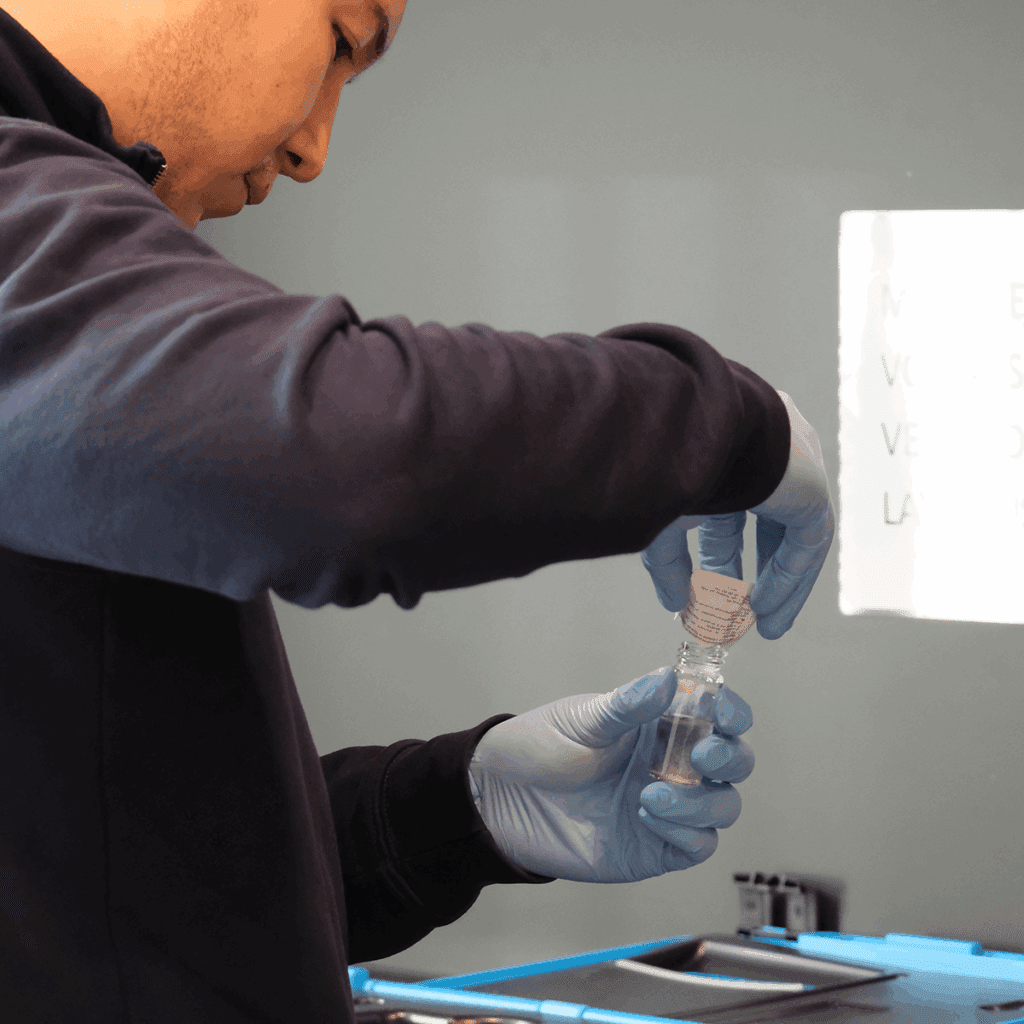Airscan launches Air Quality Campaign in Brussels
From the 1st to the 14th of February, Airscan launched an air quality campaign in Brussels. For two weeks, air quality was measured at 8 different locations in the same number of municipalities of the capital. With this campaign, Airscan wants to shed light on the importance of clean air, especially in a busy city such as Brussels.

Exposure to pollution was the cause of 6.7 million premature deaths worldwide in 2019 according to the WHO. Furthermore, figures estimate that over half the world population lives in urban settings today, and this number will increase to 68% of the population by 2050. It is therefore crucial to make sure the air we breathe in our cities is as clean as possible.
During this campaign, Airscan measured air quality through sensors installed all over Brussels during a period of fourteen days, one sample was taken every ten minutes and communicated to the Airscan cloud platform. This campaign focused on PM2.5, PM10 and NO2.

Image 1: Results of the Air Quality Campaign in Brussels
Centre of Brussels and Koekelberg among most polluted areas
The results show that the sensor placed close to Central Station in the Centre of Brussels and Simonis in Koekelberg recorded the highest levels of pollution, followed by the sensor placed close to Bockstael in Laeken. On these locations, average NO2 concentrations were three times higher than the WHO air quality guidelines with peaks going up to 40ppb.
The sensors in Watermael-Boitsfort and Etterbeek registered the lowest NO2-concentrations with averages around 3ppb and peaks not exceeding 25ppb.
Morning and evening spikes clearly visible
Although different concentrations were recorded from one municipality to another, the same pattern appeared at each of them: regular morning and evening spikes. Between 6am and 9am and again between 4pm and 7pm, spikes in NO2 are clearly visible. Regarding PM2.5 and PM10, the concentration is relatively stable throughout the day and starts rising from 4pm.
Transportation accounts for 48% of NO2-emissions, which explains the morning and evening spikes and reinforces the need for cleaner and more sustainable transport in a city such as Brussels. The evening spikes in PM could also be linked to heating of households, which in its turn shows the importance of insulating houses and buildings and making them more energy efficient.

Image 2: Results of PM2.5 and PM10 in the Centre of Brussels (Central Station area)

Image 3: Results of NO2 in Koekelberg, Simonis area
Conclusion
This short campaign sheds light on a problematic that still needs attention: air pollution in cities. Although pollution levels have decreased in the last years, the results show that pollution hotspots still exist and continuous efforts to bring pollution levels below WHO thresholds are necessary.
What are PM and NO2?

Learned something?
Feel free to share.

School air quality: protect children today | Airscan
Children are more vulnerable to air pollution at school. Key Brussels data, effective measures (school streets, LEZ), and Airscan solutions: monitoring, smart ventilation, certification‑ready reporting.

Airscan Completes Three WELL Certifications in September as Accredited WELL Performance Testing Provider
Back Introduction Brussels, September 2025 – Airscan is proud to announce the successful completion of three WELL Certifications in Belgium this September, reaffirming its role

Ventilation Audits in Flanders Care Homes: Airscan’s 40‑Site Study on Indoor Air Quality
Airscan’s audit of 40 Flemish care homes uncovered critical ventilation issues: nearly 1 in 4 rooms exceeded safe CO₂ limits. With VEB and VIPA support, the study offers data-driven solutions to protect residents’ health.
